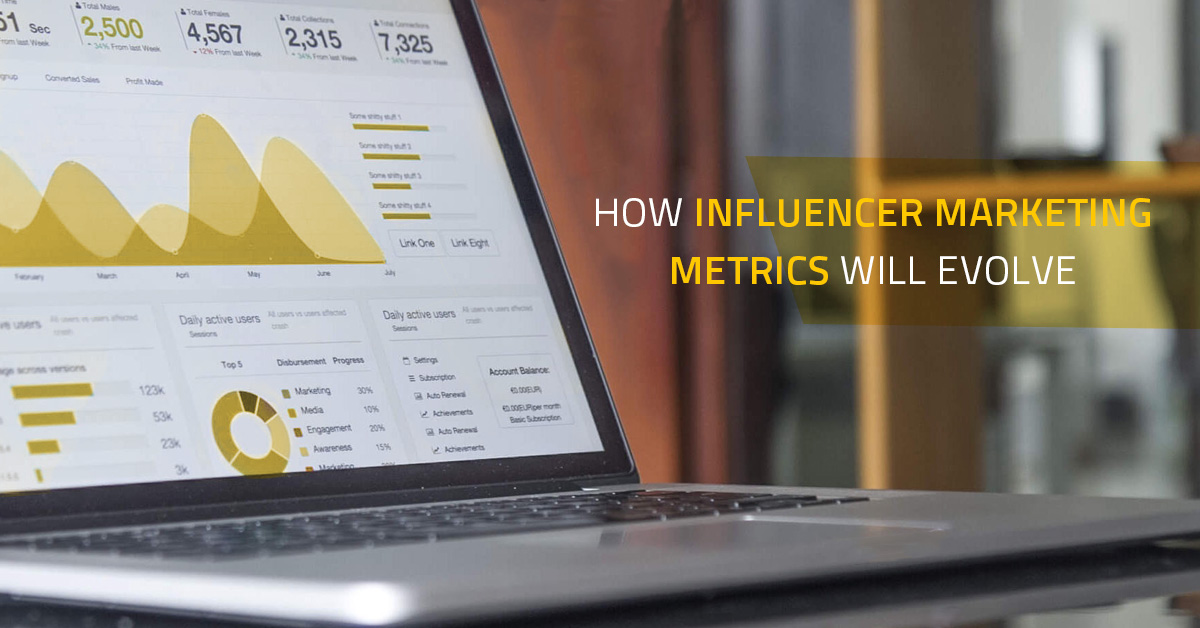Remember the days of counting likes, hashtags, re-tweets and mentions to determine the success of your influencer marketing campaign?
Brands forayed into these crude metrics back when the concept of Influencer Marketing was still new.
But, in the past few years, the metrics game has progressively gotten more sophisticated, courtesy of greater social media integration, big data, business intelligence and new technology.
What’s actually happening is that metrics are starting to evolve.
Marketers and Brands are now placing greater focus on hard metrics that can be tied to things like engagement, conversion and sales.
It’s Time for a Metrics Refresh
As we stated in our article about Influencer marketing predictions for 2017, while the number of digital marketing metrics will grow in their hundreds, it’s best for Brands that are running Influencer Marketing campaigns to stick to quantitative and qualitative metrics that are meaningful. Below is a list of metrics that have implications for not just campaign decisions, but also R&D.
- CPE (Cost per Engagement)
This is a new metric we are gradually introducing to some of our clients and it is devised from the fact that Influencer Marketing success doesn’t depend on how many people you reach, but how many people you engage.
Cost per engagement is calculated by adding all engagements together and dividing the total of your campaign spend by it. Brands will have to define what counts as engagement – it could be the number of views past the 3 second mark on a video, the total shares on the content you created in collaboration with the Influencer, or a combination of such factors.
- SoV (Share of Voice)
As metric measurement evolves in the Influencer Marketing industry, the importance of the share of voice metric will increase further. It refers to the conversation about your Brand compared to your top competitors.
SoV will enable you to segment the impact of the word of mouth generated by your Influencer(s) as well as indicate opportunities on the various digital channels.
To calculate SOV on a particular channel (definitely do that for the channel you pursued the influencer marketing campaign on), divide the mentions / conversations of your brand by the number of mentions / conversations about competing brands in your industry.
The result will enable you to understand the association people have between your brand and the competition.
- Assisted Conversions
You might be tracking the conversion rate of your influencer marketing campaign on Instagram, but know the activities of your Influencer(s) may not lead to the final conversion. Instead, it may be helping to collect assisted conversions.
Assisted conversions? If the Influencer’s activity on social media is contributing to the conversion path, even if it’s not the last interaction, that counts as an assist to the conversion. For instance, someone clicks the link of your website in the Instagram post made by the Influencer, goes away and comes back to the site after a day or two to convert.
See assisted conversions from the social networks you’re running your influencer campaign on, and you’ll be able to see what channels are contributing to the most conversions.
The Assisted Conversions metric is available in Google Analytics inside the Conversions > Multi-Channel Funnels section. You can see the impact of each social channel, by looking at each platform’s assisted conversion value.
- CSI (Customer Satisfaction Index)
If you’re using Influencers to connect with customers, you should find out whether the campaigns you’re running are improving or worsening your customer’s experience. The Customer Satisfaction Index is a metric that will give you an insight on customer experience over time.
In other words, CSI can be used to know how many people like your business enough (courtesy of your influencer marketing campaign) to recommend it to others. If more recommend your brand than not, your customer satisfaction index score is positive and your efforts are paying off in general.
It’s easy to calculate CSI. You just need to conduct a survey, reaching out to people who were exposed to your influencer marketing campaign. Ask them to think about their experience of the campaign, and rate their overall satisfaction on a scale of 1-10, with 1 being very dissatisfied and 10 being very satisfied.
In the end, you just divide the number of satisfied people with the total number of people surveyed to know the Customer Satisfaction Index.
Are You Ready For The Evolution of Metrics?
The metrics mentioned above and several others will become more and more important, that is why at Buzzoole we are working hard to develop more accurate systems to measure the performances of our campaigns. Vanity metrics are still important but marketers need to think beyond them if they want to see if their success comes from influencer marketing or other aspects of their overall efforts.
This post is also available in: Italian


